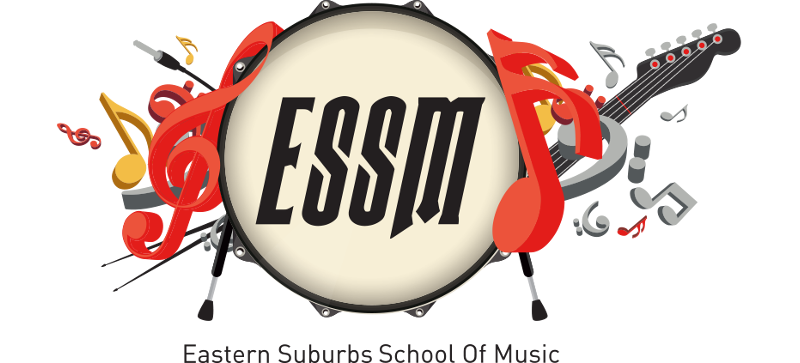Relative Major and Minor Scales
Music theory is often a complicated puzzle for musicians and students to understand. Remember music theory only exists as it explains common things composers and song writers have done with the 12 notes in our music system. Learning music theory gives you the shortcuts to play and learn songs. It will help you make more informed guesses at what is coming next in the music. It will help you not only play other peoples music but assist you in creating your own. Understanding relative major and minor scales will cut in half the amount of knowledge you will need to understand.
What are Relative major and minor scales?
Every major scale has a natural minor scale partner. Every natural minor scale has a major scale partner. They share exactly the same notes. They will share a key signature too. Look at the example below using G major and E natural minor.
G Major – G A B C D E F# G
E Minor – E F# G A B C D E
Even though they start on different notes, the content is the same. Think if we put all the notes from each scale in two bags. Shake the bags. As the notes would go out of order we would have two bags with the same contents or notes. This is how we label scales as relative. They are the same as each other. They sound different as the starting note is different. By putting the emphasis on the note G at the start of the note sequence we hear it as a G major scale. When beginning with the note E we hear it as the E minor scale.
Uses of Relative Major and Minor Scales?
Musicians that understand this music theory concept find it a great help. By converting every song either to the major or minor they can quickly understand the chords and scale patterns required. For example as a guitarist I feel most comfortable soloing in minor pentatonic scale patterns. Like in the example above, if I am aware the song is in G Major I use the E minor scale pattern. This will give me the correct set of notes to use in my solo. As long as I emphasise the G note rather than the E this will give me a G major sound. I therefore get two uses the one scale pattern!!
If the notes of the relative major and minor scales are the same the chords they can create therefore must also be identical. The chords found by using the notes of G major will be exactly the same as the chords of E natural minor.
List of Relative Major and Minor Scales
For information about how major and minor are created visit our previous articles by clicking the highlighted text. Use this table to find the relative major and minor scales for each key below:
A major = F# minor
Bb major = G minor
B major = G# minor
C major = A minor
Db major = Bb minor
D major = B minor
Eb major = C minor
E major = C# minor
F major = D minor
F# major = Eb minor
G major = E minor
Ab major = F minor
Understanding this table will hopefully help you make quicker decisions as to the scale knowledge and application of this cool theory trick.
Like to know more about this topic?
Feel free to contact us on the form below or call for a lesson on 0421 705 150






 0421 705 150
0421 705 150